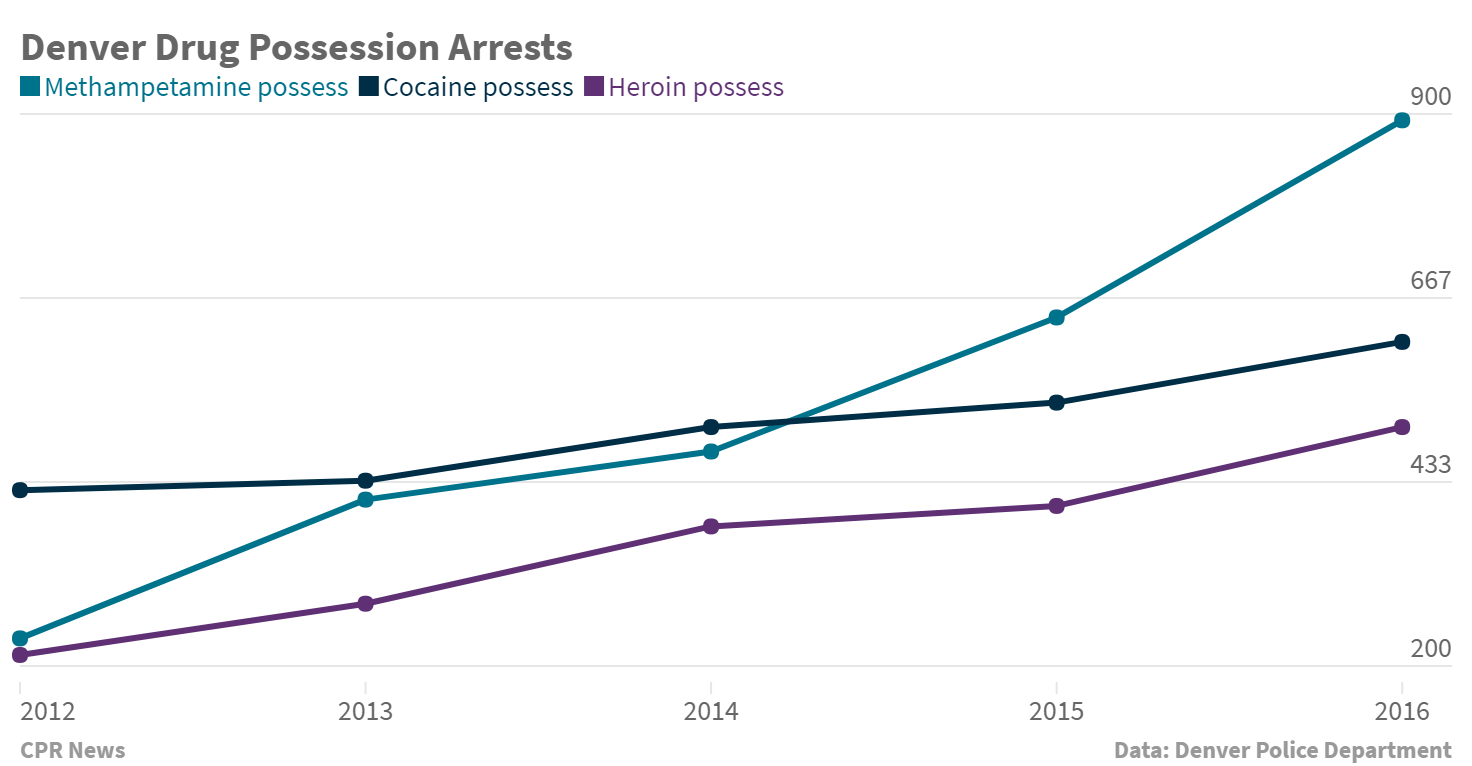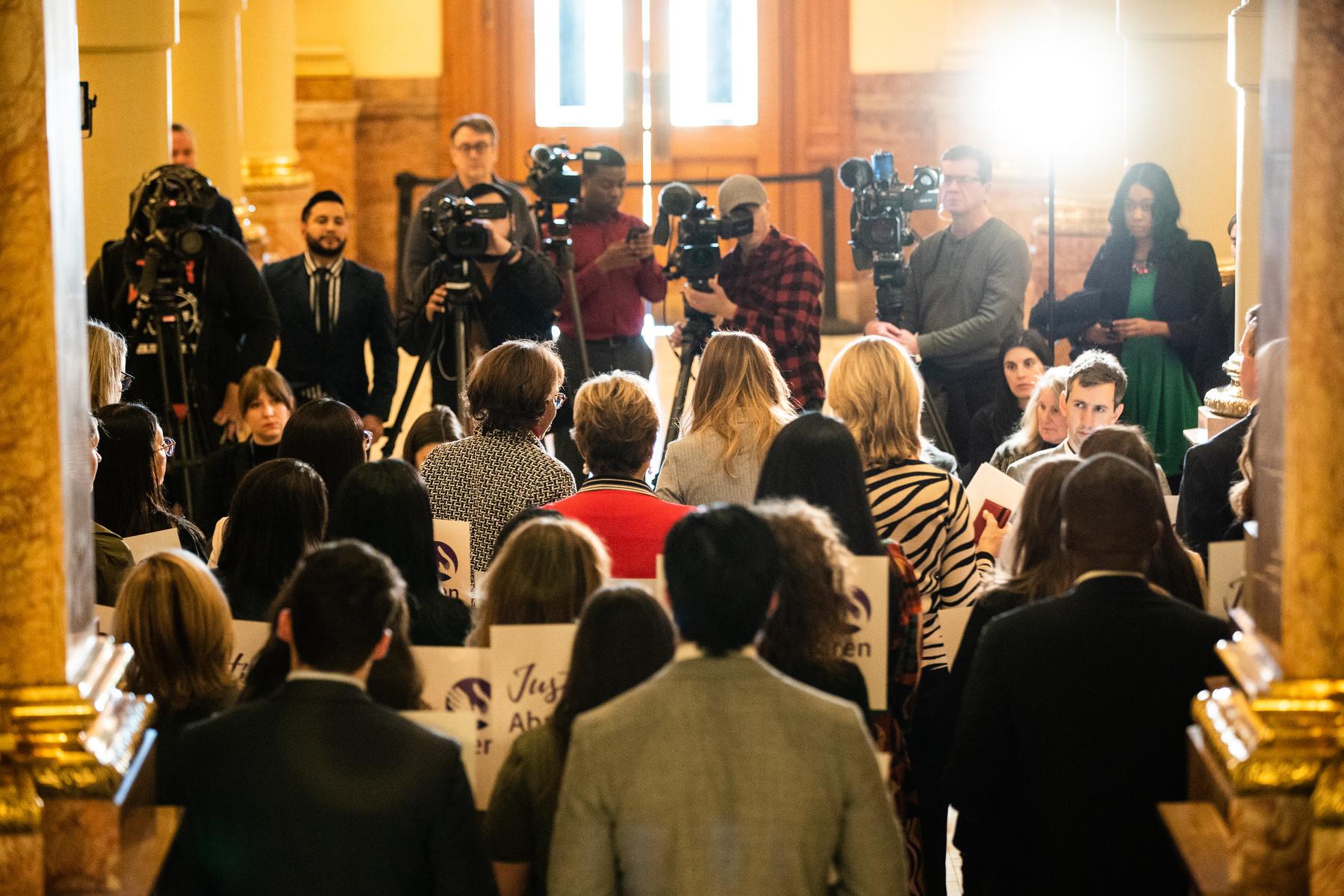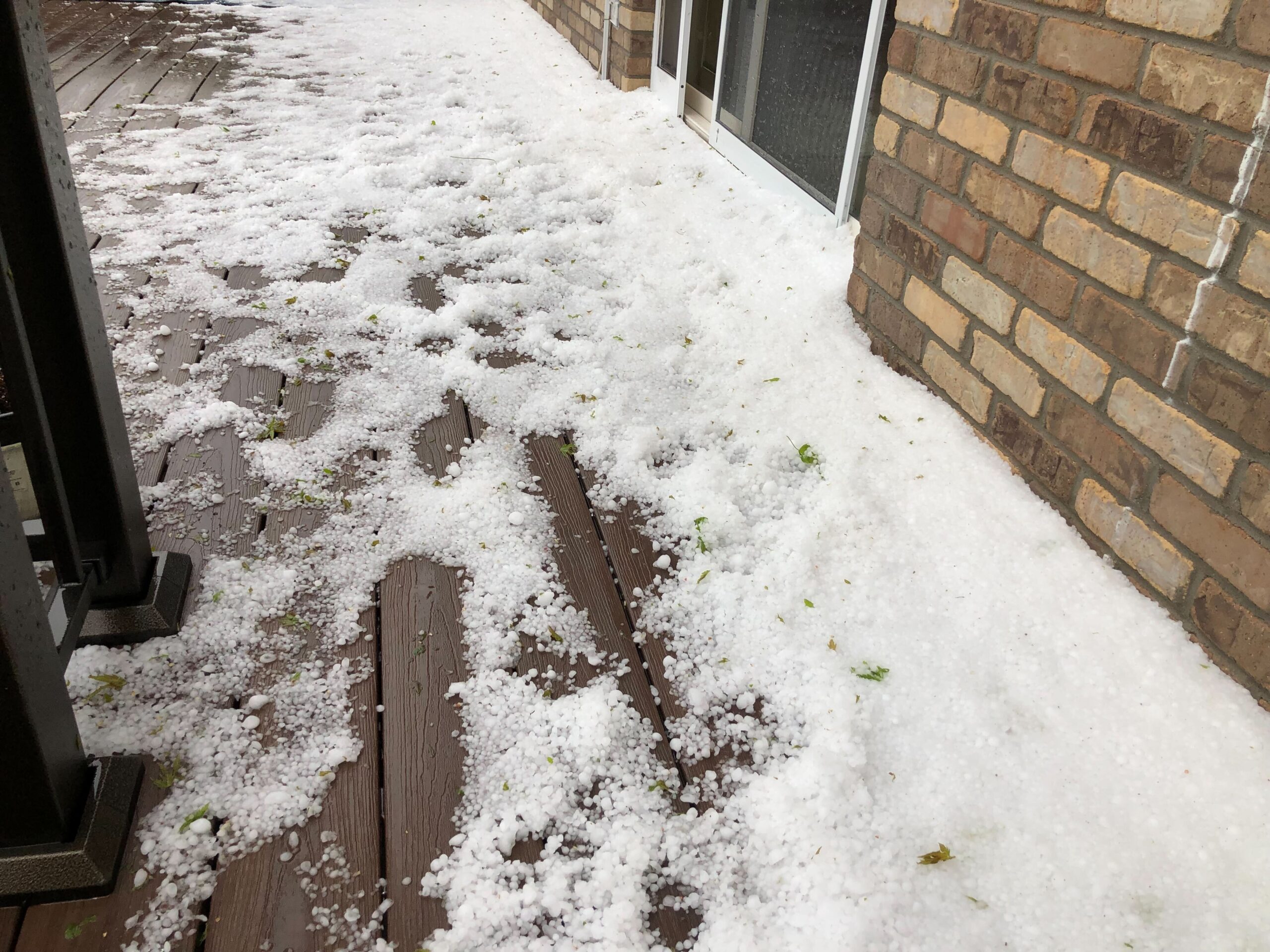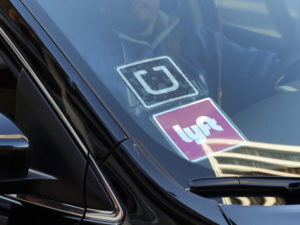
Crime is up in Colorado and Denver. New data from police departments across the state show an increase in almost every category. Car thefts, assaults, murders have all risen for a second straight year, after years of substantial declines. Why this is happening is a mystery to police and criminologists.
The statewide murder rate is up more than 20-percent since 2014. Do we know what’s driving that?
Denver and Pueblo have the highest murder rates. Both were nearly identical in 2016 at about 8 murders per 100,000 people. Both cities have seen outbreaks of gang violence in the last couple of years.

Investigators say gang violence is tricky. First, those murders are hard to solve, because there’s a lack of cooperation from rival gangs and members of the community. Secondly, there’s a retaliatory nature to the violence: one killing or assault can spark another and so on.
More recently, police say there hasn’t been a trend driving the violence one way or another. It’s a mix of domestic violence, gangs, or even petty things like late night arguments after bars have closed.

While crime rates in Denver and Colorado are up, Colorado cities are not among the most violent places in the U.S.
St. Louis is one of the most dangerous cities in the country, with a murder rate 7 times Denver’s, when adjusted for population differences. On the other hand, Detroit is about the same size of Denver, but has 5 times as many killings.

While cities like Denver and Pueblo have rates higher than the national average, they’re far from the most dangerous places. In fact, the state’s overall violent crime rate is 17 percent below the national average.
How does Denver’s crime rate compare historically? For instance, in the mid-1990s there was a year that people refer to as the Summer of Violence.
For Denver in the mid ‘90s, the murder rate was double what we see today. One press account at the time called it “a damn war zone.” In 1992, for instance, there were 95 murders, when the city’s population was much smaller. In 2016, Denver saw 57 killings.
Gang violence in the ‘90s created a wave of fear in the city. At one point then-mayor Wellington Webb’s house and car were shot 15 times — though he happened to be on vacation at the time. As noted in his autobiography, the violence was such that when Pope John Paul II visited the city, Webb asked him to pray for an end to the killings.
Auto thefts are another big driver of crime, up 50 percent in the last several years. It had gotten a lot harder to steal cars because of new security measures, so thefts dropped over the last 10 years. What’s causing that to go up again?
6,952 more cars were stolen in Colorado last year than in 2014. Auto thefts had been declining across the country, and in Colorado, but Pueblo recently ranked as the number 2 city in the country for car thefts per person. The problem is really all along the Front Range.
Criminals are targeting older model cars, because they’re easier to get into. There’s some evidence there’s an increase in the severity of crimes that are associated with these car thefts.

An analysis of court records shows there are more secondary crimes charged against car thieves in district court. That means more felonies in addition to the initial charge of car theft. So think drugs, violence. As an example, prosecutors in Denver say they’ve seen cases where a car is stolen to commit other crimes, to help the criminal cover their tracks. By the time the owner reports the car stolen, the crooks have dumped it.
What role do illegal drugs play in Denver’s crime numbers?
Unfortunately, there isn’t clear data on statewide drug possession arrests, but you can drill down into Denver. That’s because the police post crime data online and update it every day.
Methamphetamines are up more than any other drug in terms of possession arrests in Denver, doubling in the last several years.

Treatment admissions are up too. Arapahoe House, the state’s largest treatment center, says alcohol used to dominate, making up about two-thirds of admissions. Now, it makes up less than half. Meth meanwhile, has doubled and now makes up 1 in every 5 treatment admissions.









